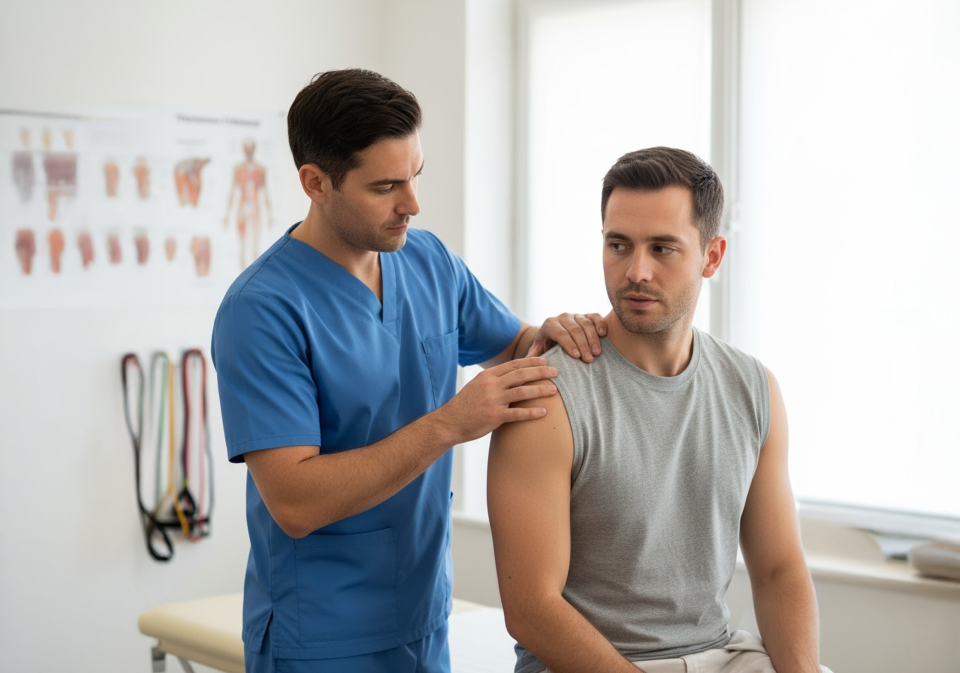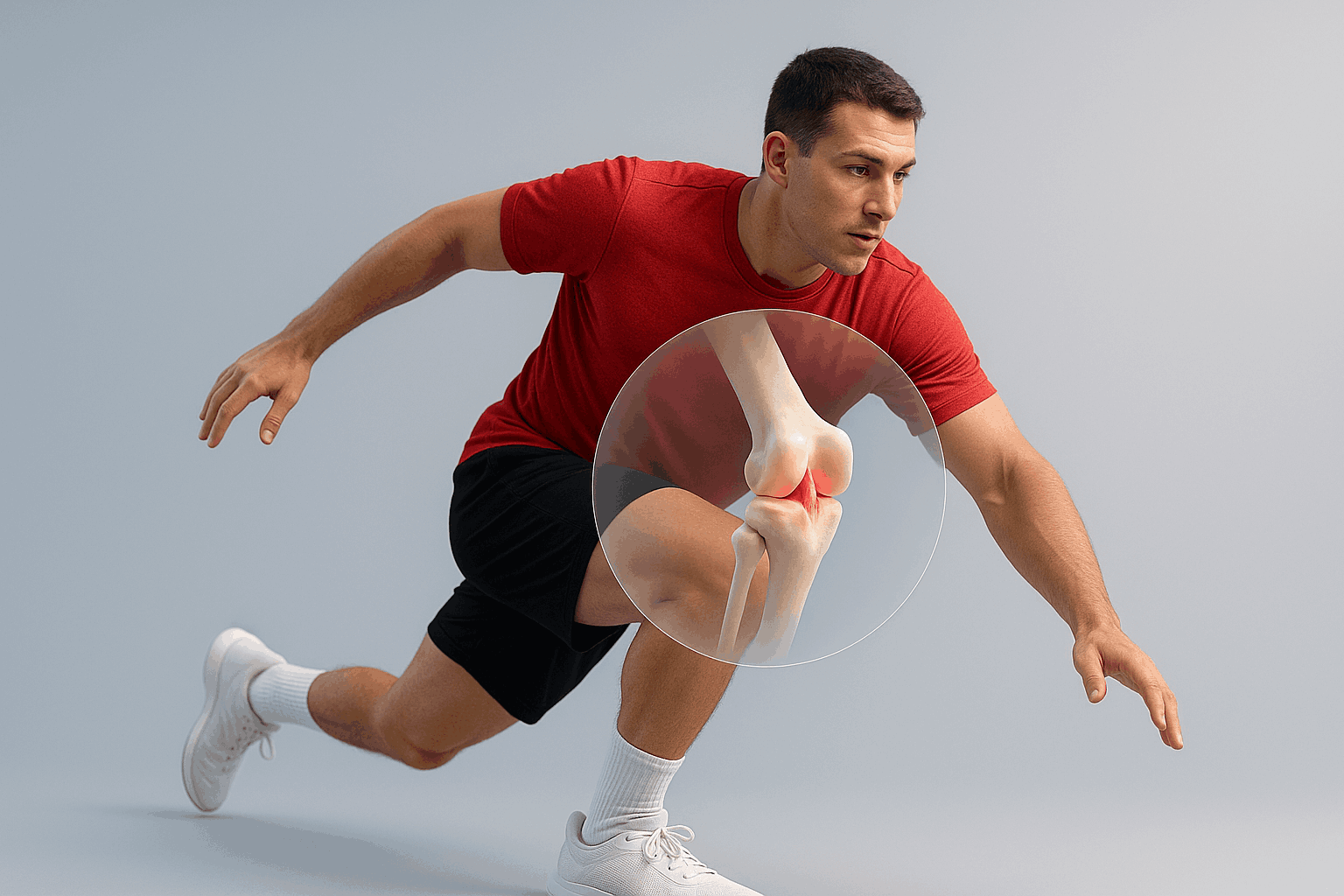-
Adult Bone Marrow Transplantation
-
Adult Intensive Care Unit
-
Anesthesiology
-
Bariatric and Metabolic Surgery
-
Breast Clinic
-
Burjeel Kidney Transplant Center
-
Cardiac Sciences
-
Clinical Genetics Clinic
-
Clinical Nutrition and Dietetics
-
Co-Lab
-
Dentistry
-
Dermatology and Cosmetology
-
Emergency Medicine
-
Endocrinology
-
ENT Head & Neck Institute
-
Family Medicine
-
Gastroenterology
-
Gastrointestinal Surgery
-
General and Laparoscopic Surgery
-
General Medicine
-
Genesis International Fetal Medicine and Therapy Centre
-
Gynecology Experts Clinic (AGI)
-
HBOT (Hyperbaric Oxygen Therapy)
-
Hematology
-
Hepatopancreatobiliary Surgery and Transplantation
-
Infectious Diseases
-
Internal Medicine
-
Medical Oncology
-
Naturopathy
-
Neonatology
-
Nephrology
-
Neurology
-
Neurosurgery
-
Nuclear Medicine
-
Obstetrics and Gynecology
-
Ophthalmology
-
Oral and Maxillofacial Surgery
-
Orthopedics and Sports Medicine
-
Paley Middle East Clinic
-
Palliative and Supportive Care
-
Pediatric Bone Marrow Transplantation
-
Pediatric Cardiology
-
Pediatric Endocrinology
-
Pediatric Gastroenterology
-
Pediatric Hematology
-
Pediatric Intensive Care Unit
-
Pediatric Neuroscience
-
Pediatric Oncology
-
Pediatric Pulmonology
-
Pediatric Surgery
-
Pediatrics
-
Physical Medicine and Rehabilitation
-
Physiotherapy, Pain Medicine & Advanced Rehabilitation
-
Plastic, Reconstructive and Cosmetic Surgery
-
Psychiatry
-
Pulmonology
-
Radiation Oncology
-
Radiology
-
Rheumatology
-
Scoliosis Surgery
-
Sports Injuries & Sports Medicine
-
Surgical Oncology
-
Thalassemia & Sickle Cell Center
-
Thoracic Surgery
-
Trust Fertility Clinic
-
Urology
-
Vascular Surgery
-
Weight Management Clinic
The Orthopedics and Sports Medicine Department at Burjeel Medical City (BMC), Abu Dhabi, leads in delivering world-class treatments and procedures with its advanced diagnostic, surgical and rehabilitation technologies.
Our orthopedic and trauma surgeons and a multidisciplinary team of occupational therapists, nurses, physiotherapists, and orthotics practitioners are renowned for creating exceptional orthopedic care outcomes.
Let us understand sports injuries and why Sports Medicine is an essential field.
What are Sports Injuries?
Any injury sustained while playing a sport is a sports injury. Anyone can have a sports injury, whether professional players, amateurs, sports enthusiasts, or active individuals enjoying the sport as leisure.
There are two types of sports injuries: Acute and Chronic.
Acute injuries: These happen suddenly, like a fall, twisting an ankle, getting cut, being hit on the body, a fracture, or a sudden impact leading to concussion or bone dislocation.
Chronic injuries: are due to prolonged overexertion of a part of the body while playing a sport. They start small and develop into chronic problems like inflamed joints or rotator cuff tears in the arm.
How are they different from other injuries?
Sports injuries are primarily due to the sport-related stress on the body that can be sudden or develop over time due to repeated overuse of a group of muscles, ligaments, and tendons or pressure on bones. Injuries sustained in an accidental fall or sudden impact during daily activities are not sports-related, and their investigation and diagnosis are slightly different.
Anatomy of Sports Injuries
Most sports injuries involve muscles, ligaments, tendons, or bones and include the following:
Strains: It is muscle related. When a muscle or tendon (that connects muscle to bone) is twisted while playing a sport, it leads to strain. Strains can occur in the hands, arms, neck, shoulders, legs, knees, back, and feet. Sprains can be mild or severe depending on the degree of the twisting and tearing caused to the muscles or tendons, and both professional players and active individuals can get sprained.
Sprains: Is ligament related. When ligaments (that connect bone to bone) are overstretched, they may tear. Sprains can be mild to a complete rupture of the ligament. Ankles, knees, wrists, and thumbs are highly susceptible to sprains during sports.
Fractures: It is bone related. Fractures can be sudden or a culmination of repeated stress over time at a particular spot (stress fracture). Bones may have a clean, jagged, or fragmented break depending on the pressure and health of the bone. Fractures can happen in the arm, leg, hand, wrist, or thumb. If a fracture pierces the skin and juts out, it is called a compound fracture.
Dislocations: When a bone joint separates, it causes bone dislocation. Overstretching in impact sports involving arms, shoulders, elbows, fingers, and knees can cause dislocations as the extra pressure rips the head of the none (the ball) from its socket.
Contusions: A blunt force injury resulting from a kick, fall, blow, or sudden impact damages the muscle fiber leading to pain, swelling, and bruising. Most contusions occur in the thigh, calf, knee, and ribs.
Concussion: A blunt force impact to the head or a blow to the body that impacts the head leads to trauma. It can happen in contact or non-contact sports and is called Traumatic Brain Injury (TBI). Concussions can be mild or severe.
Tendinitis: Inflammation of the tendon due to repetitive strain or a sudden injury is tendonitis. The most affected are the shoulder, wrist, elbow, hip, knee, or ankle.
Sports Injuries Risks
- Overtraining the body: It places extra stress on it.
- Underpreparing the body can lead to injuries due to the sudden extra demands placed on it.
- Poor body training.
- Playing the same sports: Increases wear and tear through overuse of certain parts of the body.
- Inadequate warm-up during high-intensity sports.
- Putting extra pressure on a previous injury that has not fully healed.
- Wearing improper equipment and sports gear.
What is Sports Medicine?
The prevention and treatment of sports-related injuries and promoting fitness in sportspeople is Sports and Exercise Medicine (SEM).
While not a medical specialty, sports medicine primarily treats and helps professional athletes get back on track after an injury.
The training and fitness routine of professional and regular sportspeople differs from non-sports people due to the unique demands on the body to stay in peak condition.
Sports medicine combines medical education with sports science, biomechanics, physiology, sports nutrition, sports psychology, and orthopedics.
A sports medicine team may involve medical and non-medical specialists, including physicians, surgeons, athletic trainers, sports psychologists, physical therapists, nutritionists, coaches, and personal trainers. Keep reading to learn more about the field of Sports medicine aims to help keep people safe when pursuing their training goals.
Sports medicine doctors treat physical injuries and injury-related traumas, correct overuse to prevent injuries, and counsel players on safety and health. They design sportspeople rehabilitation programs that include exercise, diet, psychological therapy, and maintenance.
Book Appointment with our Experts
Blogs

Vitamin D Deficiency Treatment: Comprehensive Guide to Boosting Your Levels Naturally
Read more
Understanding Vitamin D Deficiency: Causes, Symptoms, and Solutions
Read more
Shoulder Pain Management: Your Comprehensive Guide
Read more









